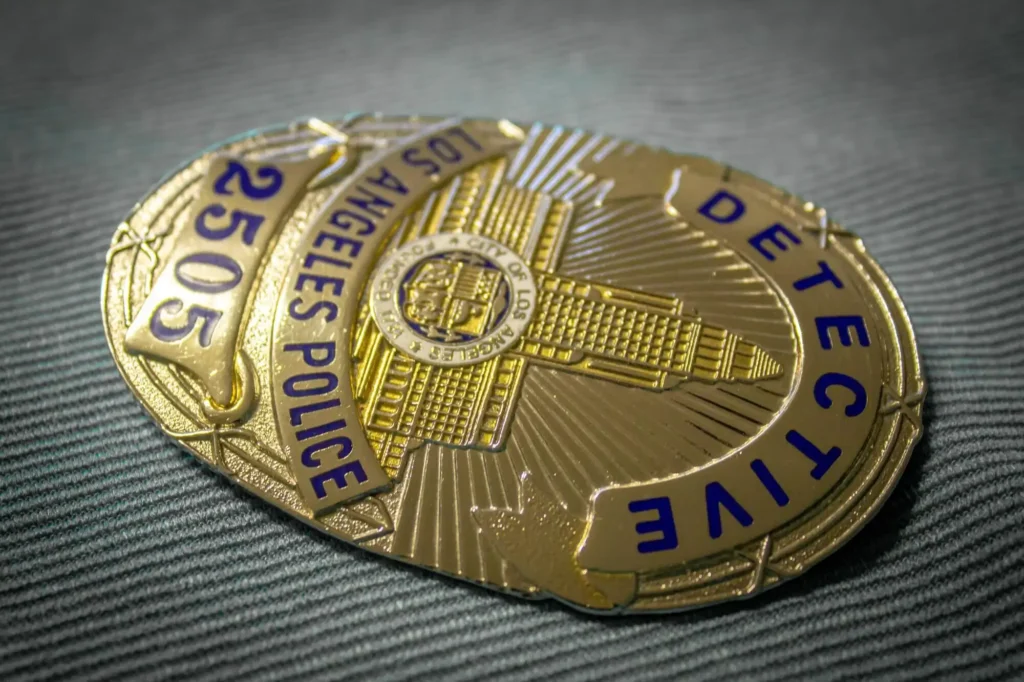Badges have been an important part of war and diplomacy since the dawn of complex civilization. Kings and rulers had banners on the battlefield to let their troops know where the friendly lines were. They also had their icons and banners all over their courts and cities to show who was in charge.
This is where the tradition of the badge comes from, and still today, the elements you need when you design a badge are clarity, uniqueness, and that it conveys a sense of purpose. Learn about the different ways you can achieve these elements in this quick guide.
1. The Old School Approach
When designing custom badges for official uses (like police, military, or State insignia), you’ll want to go with the old-school approach. Start with the classic design elements like crossed weapons, a shield, or fierce animals. Often, the group wearing the badge will dictate which elements to use (for example, wings if it’s a group of pilots or a shield for a law enforcement badge).
You can embellish the badge once you have your core elements and writing in place. Remember to choose a professional-looking font and high-grade materials if you want the badge to command respect.
2. The Clarity Approach
Badges for conferences and conventions serve a different purpose than those used by servicemembers. These badges are meant to convey who you are and which organization you represent as clearly as possible for the purpose of networking.
Good ID badge design in these settings calls for the most plain, bold, and recognizable font displaying the person’s name and their organization. Any prestige you add to the badge to make the conference feel more exclusive should not distract from or obscure this critical information. A brilliant way to achieve this is not to put fancy designs on the badges themselves but rather to get standardized lanyards made from shimmering, premium materials.
3. The Essential Approach
If your brand, group, or company has a famous and distinct logo, then you can use that as the base for your new badge design. That recognizable icon already tells the world who you are (for example, Nike’s tick or Apple’s apple), so all you need to do is capture and frame it in a modern design.
This is the design approach you see mainly in military patches. The unit, company, or branch’s emblem is the essential identifier. The extra features around that base element then frame it in a professional, intimidating, or comical way.

These patch-style badges can then be stamped into metal badges. You can even print them on mugs and stickers to hand them out as a marketing tool,
Find Inspiration Before You Design a Badge
There are many ways to approach badge design. However, the golden thread across all design techniques is that the badge has to work in the environment you’re taking it into.
Official badges must look regal and strong to convey professionalism and command respect. Name badges at conventions need to be clear and easy to read. Badges must also include essential icons if you’re looking for brand recognition.
The other thing you need to design a badge is inspiration. Whether you’re making a digital badge or a real one, check out more of our how-to blogs and get the creativity flowing.
 SlushWeb Bringing Facts to Light
SlushWeb Bringing Facts to Light



